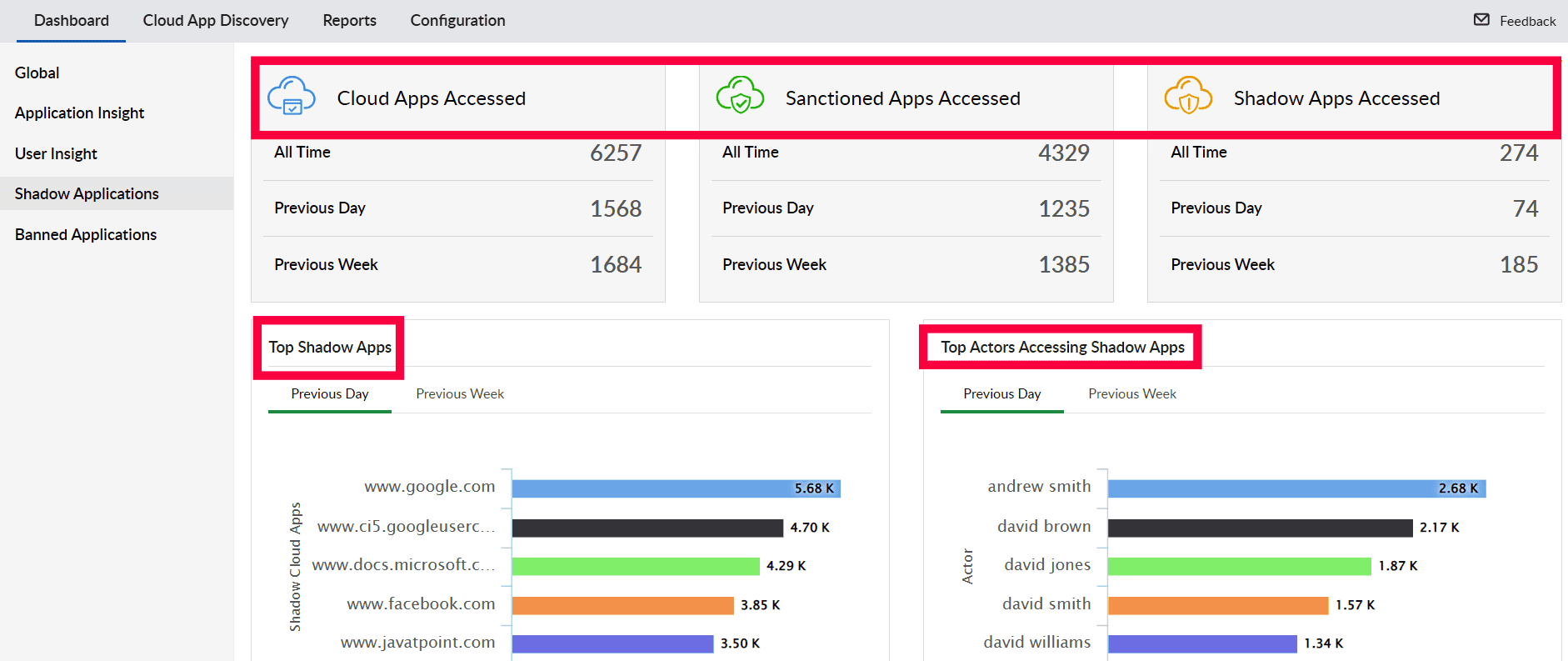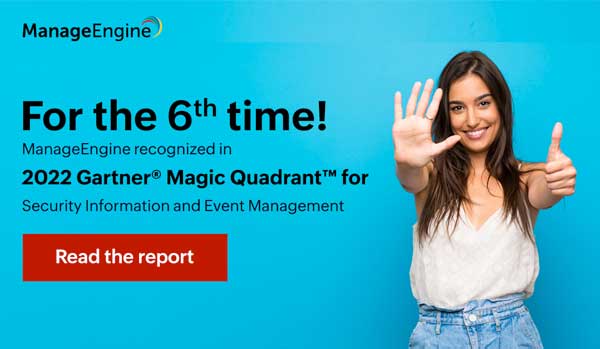Security is a big issue IT teams face when it comes to multi-cloud management. A cloud access security broker (CASB) provides organizations with a much-needed opportunity to harden security across cloud-based applications.
Here, we will discuss why your organization needs a CASB, the different types of CASBs, and some tips to choose the right CASB solution for a multi-cloud strategy.
The need for CASBs
Storing sensitive data in a multi-cloud environment can be dangerous since it opens up more doors for cyberattackers to access the data. In addition, organizations are rapidly moving to cloud-based applications and allowing employees to work from anywhere, leading to increased use of shadow IT applications, or the use of applications without prior approval from IT admins. IT teams that are struggling to meet their organization's security requirements need a comprehensive cybersecurity solution like ManageEngine Log360 to secure their cloud infrastructure. Log360 is a unified SIEM solution with integrated DLP and CASB capabilities that can help you monitor all the cloud apps accessed, and provide insights into whether the app request was for a sanctioned app or a shadow application, the top shadow apps, and the actors accessing them as shown in Figure 1.

Figure 1: Log360 dashboard offering insights into shadow IT apps and users
With these insights, your IT team can then decide whether to approve or ban the shadow apps used by your employees.
CASBs allow organizations to extend the reach of their security policies to cloud infrastructure by acting as a gatekeeper. They give complete visibility into gaps in your cloud security and allow security professionals to oversee threats, minimize risk profiles, and gain insights on sanctioned and unsanctioned cloud use.
Log360 offers built-in policy profiles and allows users to create custom policy profiles based on their requirements. These custom profiles can then be added to a policy for activation and application across your cloud environment.
Types of CASBs and tips to evaluate the right CASB for your multi-cloud environment
Organizations looking to deploy a CASB solution should know that there are two deployment modes for CASBs: proxy-based and API-based. Both modes have their own merits and demerits, and organizations should look into use cases for both before deploying them in their multi-cloud environments.
Every organization has different multi-cloud security requirements, and choosing the right CASB solution can be tough. Here are three tips that can help you.
Evaluate your organization's security goals
To choose the correct CASB solution for your multi-cloud environment, you first need to evaluate your organization's security needs, including which SaaS applications you want to secure. Build an inventory of all the SaaS offerings that the organization is using and determine the ones to secure. Next, identify your main security goal. Is it to control shadow IT or to encrypt data stored in third-party solutions to meet contractual demands?
Think about scalability
It is important to choose a CASB solution that will grow and change to suit your needs. With the proliferation of cloud usage, the threat landscape is growing along with it. This means that the CASB you choose should keep up with cloud compliance and ensure that cloud security policies are up-to-date.
Essential checklist: What you need to know when evaluating a CASB
Consider usage and system requirements
It is essential to think about the organization's cloud usage and system requirements while evaluating a CASB since each organization's usage differs. If your organization uses a mix of dozens or hundreds of small, more specific SaaS offerings, the proxy model is best suited for it. However, if it follows the hybrid approach, then the API model would be the one to go for.
Our CASB-integrated SIEM solution is highly scalable, and cater to important use cases such as shadow IT, malicious data exfiltration, and insider threats. To learn more, sign up for a personalized demo of Log360. But, if you prefer a cloud-based solution, then sign up for Log360 Cloud, ManageEngine's cloud-based SIEM solution.





